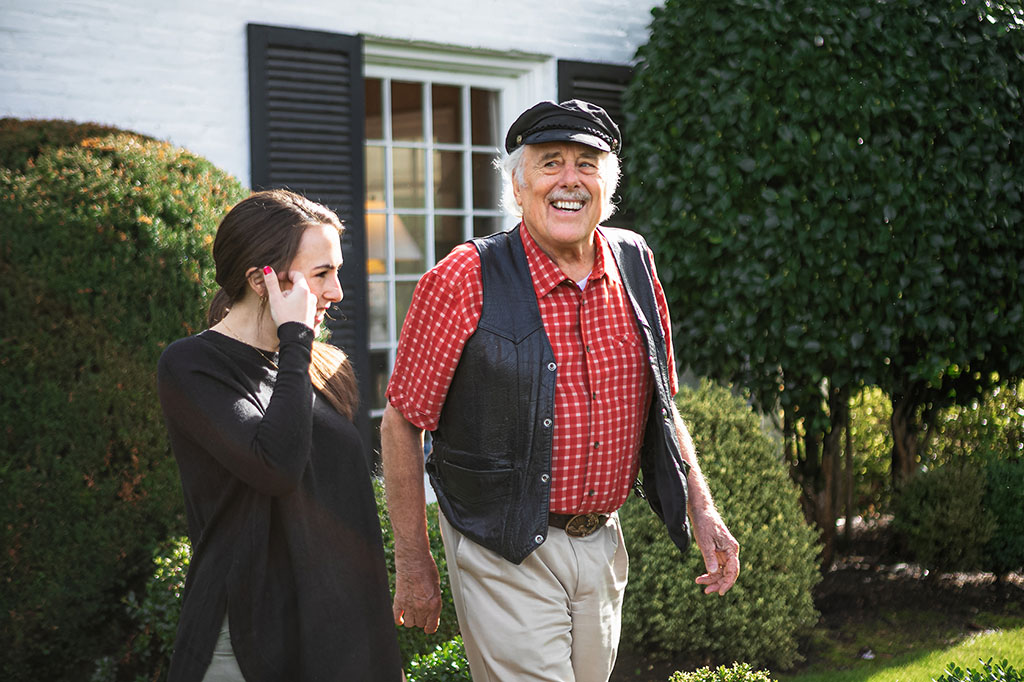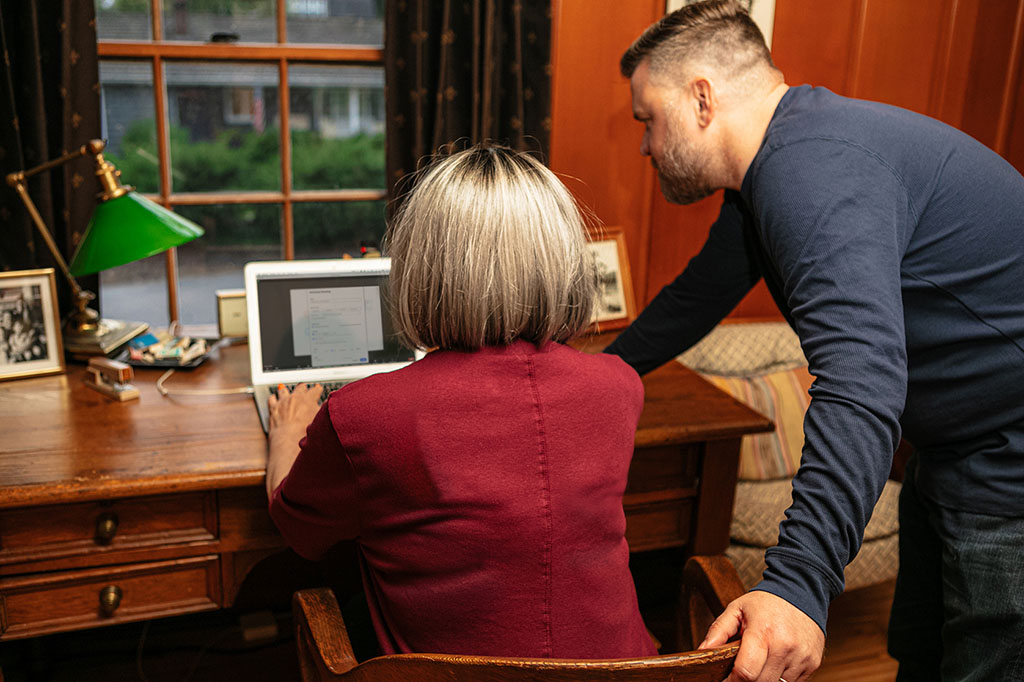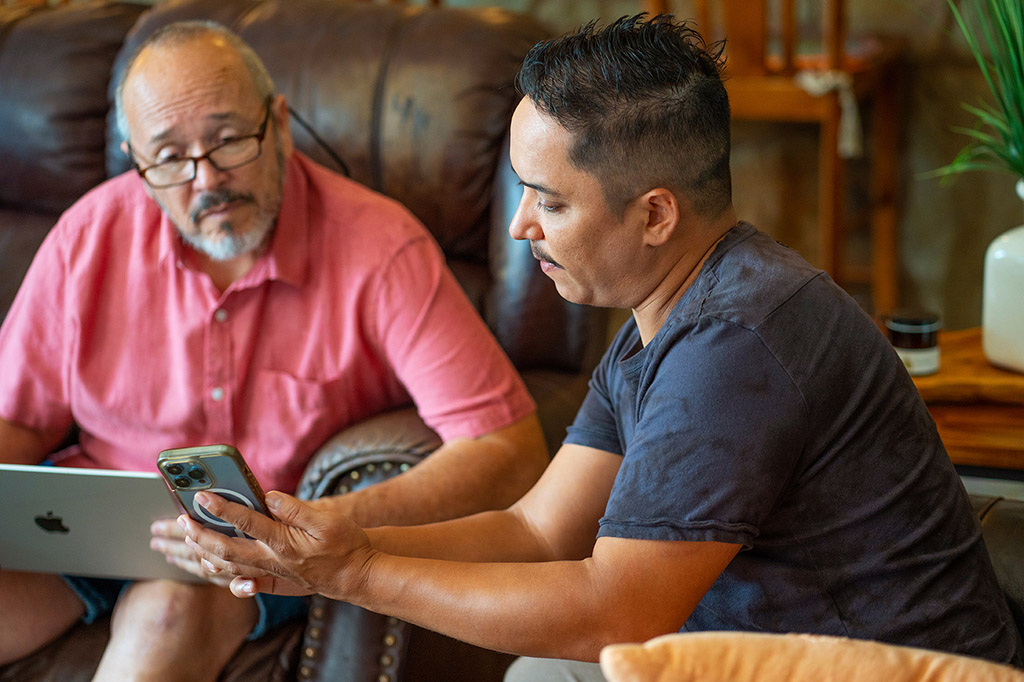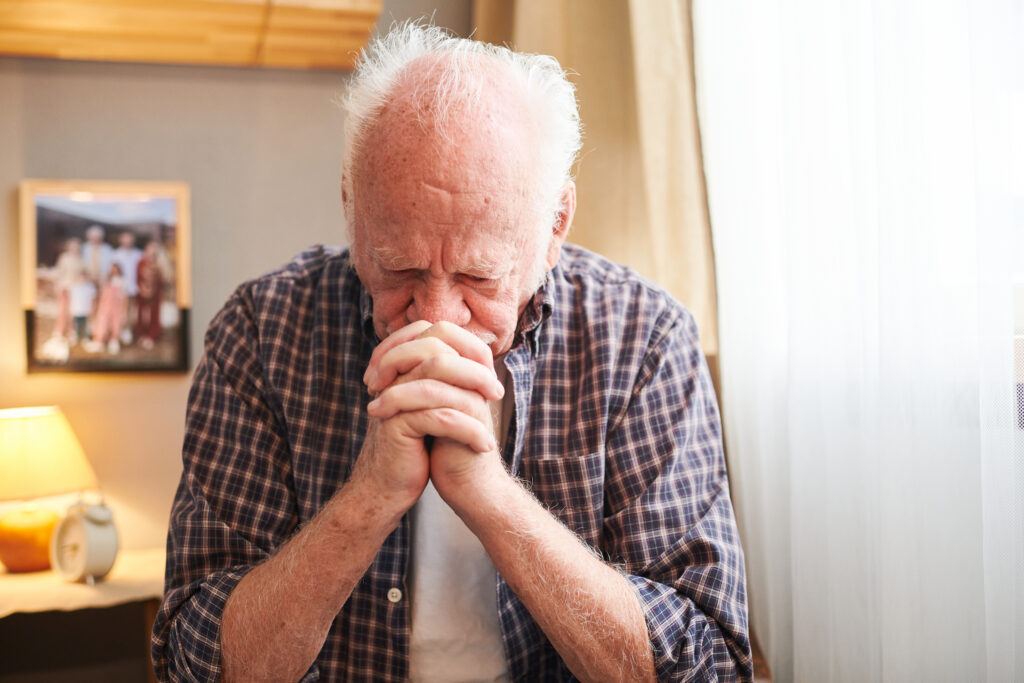
The answer might be a bit surprising.
More than 14 million older adults live alone– that’s almost a third of the 65+ population. It’s easy to assume that older adults are skilled pros at living alone. After all, they have lots of experience managing a household, running errands, cooking, cleaning, and keeping a schedule. But just the opposite is often true. For older adults, living alone often brings loneliness, anxiety, and fear.
Even so, the majority of older Americans (nearly 77%!) want to stay in their homes as they age. They want the independence and familiarity that comes with aging in place. Many older adults have lived in their homes for decades, and the idea of moving away from the place where they are comfortable (and where so many memories were made) sounds frightening. Older adults crave the independence and familiarity that comes with aging in place. Alternatives like retirement homes or assisted living homes are expensive and difficult to manage.
To better identify how we can help older adults age in their homes and still stay healthy, Papa studied the impacts of living alone. We analyzed responses from over 5,600 Papa members. These adults reported how living alone impacted their day-to-day lives, and their responses surprised us. They may surprise you, too. Here’s a deep-dive into the results, and some ideas for how health plans and health care professionals can help older adults who live alone.
People who live alone are 40% more likely to feel lonely

Living alone can be, well, lonely. Many older adults once lived in busy houses with kids and spouses and partners. As they age, they often face the loss of a spouse or significant other, in addition to kids who move away and live busy lives. Additionally, as people age, their friends often age as well, making it much more difficult for entire social circles to spend time together.
Feelings of loneliness and the health impacts that come with it are major factors in a person’s overall health. In fact, one study we read reported that people who report feeling lonely have a 26% increased risk of mortality. That stat is quite shocking on its own (and if you want to read more about it, we go in-depth into it in our guide on social and community context), but when you dig a little deeper, you see that loneliness impacts much more than just mood.
- Social isolation is associated with a 50% increased risk of dementia.
- 62% of people who are socially isolated have depression, and health care costs for those who have depression are 51% higher than for people who don’t.
- People who live alone often demonstrate changes in sleep patterns, distance themselves from others or show other signs of depression and anxiety.
- Social isolation leads to increased risk of chronic disease. People who are lonely are 29% more likely to have heart disease and 32% more likely to have a stroke.
- Health plans spend an average of $1,600 more on socially isolated older adults.
People who live alone are 175% less likely to feel safe in their home
Anita, age 82, has lived in the same home for more than 50 years. Her kids all live in different towns, and her husband passed away two years ago. In spite of living alone without nearby support, she is still doing fairly well. She buys her own groceries, cooks her own food, and goes to coffee with friends. She even started taking a water exercise class at the YMCA.
Everything changed the day Anita tripped over the corner of her kitchen rug. With no one around to help her, she lay on her kitchen floor for more than two hours before she crawled to the phone. Two hours later, the x-ray showed a broken ankle. And Anita, who was once very independent, is suddenly unable to get by alone. Her ability to age in place was destroyed by a simple rug.
Anita’s story plays out over and over again in communities around the US. Here are some quick facts about safety and older adults who live alone:
- Older adults tend to have mobility and balance issues that increase the risk of falls.
- Additionally, older adults don’t have the ability to complete tasks like securing rugs, cleaning up clutter on floor, cleaning up spills, and making sure things they need are at a height that will not require the use of a stool or ladder.
- Vision and depth perception decrease as people age, so dim lighting or burnt-out lightbulbs cause a lot of accidents.
- When living alone, cooking can become a fire hazard. Older adults leave food on the stove and forget about it, and since the sense of smell diminishes as we age, older adults often have trouble smelling smoke and sensing a fire.
- People who live alone are 50% more likely to visit the ED due to at-home accidents.
- Older adults living alone are at a higher risk of burglaries, especially when it’s well known that they live alone.
People who live alone are at high risk for SDoH impacts
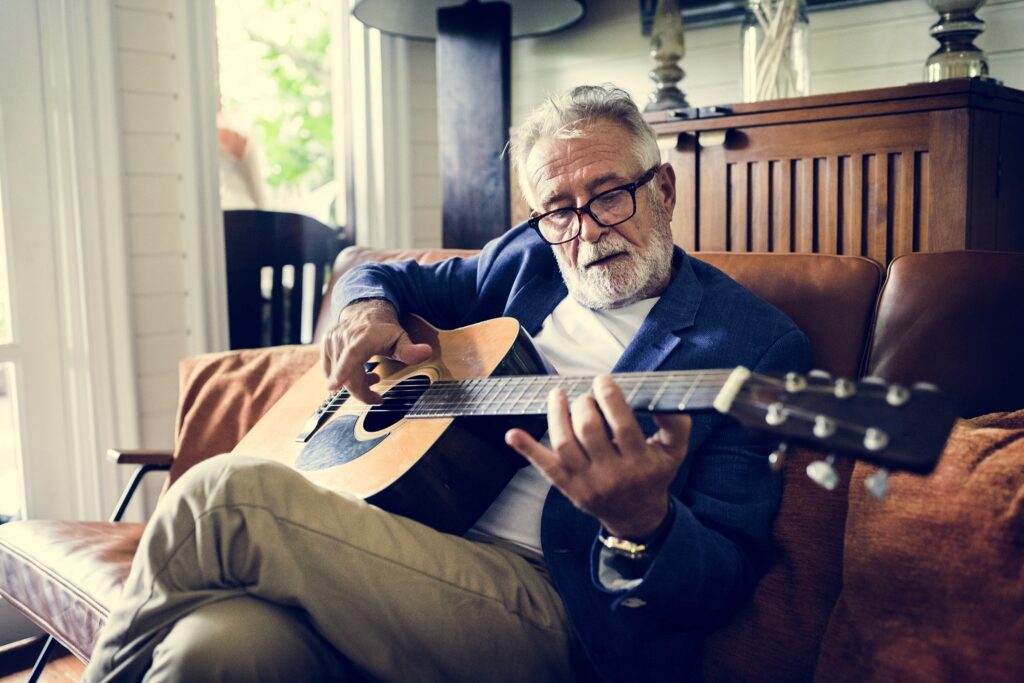
Most health plans have thought a lot about social determinants of health in the last few years. After all, SDoH have a big impact on overall health. While SDoH can impact people of all ages and people from many communities, older adults who live alone are at high risk to have health impacts due to a lack of social support. According to our Papa analysis:
- People who live alone are 21% more likely to live in high-poverty neighborhoods
- 67% having trouble picking up prescriptions.
- People who live alone often forget to take their medication, leading to chronic disease and other health issues.
- Older adults who live alone were 10% more likely to run out of food in the last year.
- And, older adults who live alone often don’t know where to even start in finding resources or help.
Takeaways for Health Plans
After looking at the data, one thing became crystal clear to us at Papa: By addressing the loneliness and social isolation and safety risks that come from living alone, health plans can contribute to healthier, happier lives for their members. (And save themselves some money at the same time!)
After seeing the data, we realized how important it is that older adults are given tools to help them age in place. They also need strategies and assistance to make sure they can do it in a healthy way. So we worked to come up with ways that our company (and yours!) can help people who live alone to stay safe and healthy as they age in place.
- Our first tip is what we do best here at Papa: Companion Care. Health plans can provide one-on-one human assistance to their members
- Our partners at Florida Blue offer a really cool Silver Sneakers exercise program that features online exercise classes for older adults. Not only does this help older adults stay healthy, but it also provides social interaction for older adults to reduce loneliness.
- Put together a list of social groups and clubs for your older members. Include local groups and clubs like painting or cooking classes, exercise classes, as well as virtual classes like Masterclass or social support groups like CircleUp.
- Include mental and behavioral health support benefits on all plans.
- Start social media groups where people can talk or connect. A Facebook or Instagram Group can be a lot of fun and a great way for people to connect.
- Provide specific content designed for members who live alone– include ideas for making social connections and local recommendations.
- Create a downloadable home safety tips document for members who live alone.
While there are (and always will be) health and safety risks for older adults living alone, we can mitigate many of them. That’s one of Papa’s biggest goals: to ensure that people can live safely at home! By being aware of the risks facing your members who live alone, and finding strategies to help fill in the holes through intentional companionship and caregiving could mean the difference in life and death.

